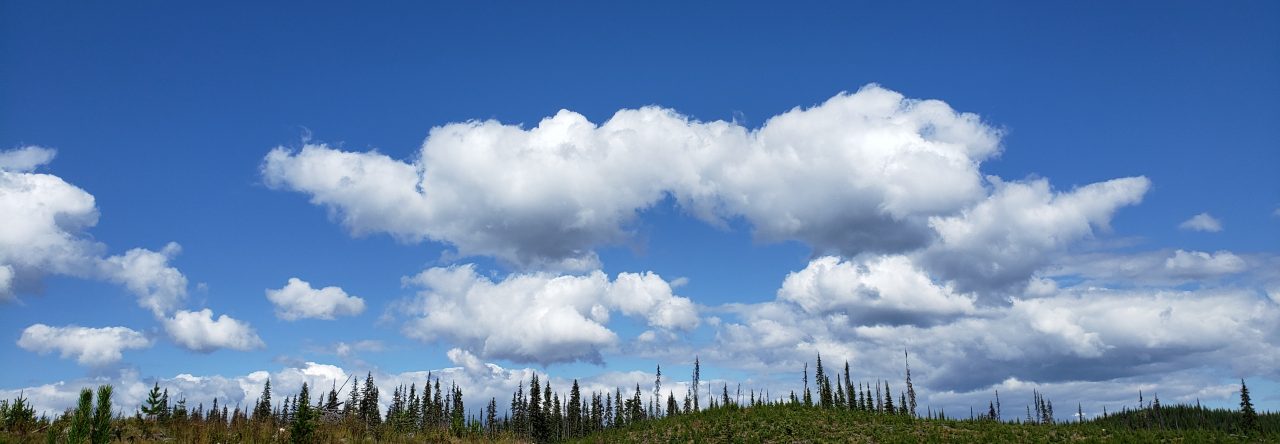 I always had this fascination with balls of yarn and spools. Questions. I’d try to undo the ball of yarn just to get to the other end. Because that was where it all started, deep inside. Or was the beginning the end that I was holding?
I always had this fascination with balls of yarn and spools. Questions. I’d try to undo the ball of yarn just to get to the other end. Because that was where it all started, deep inside. Or was the beginning the end that I was holding?
See what I mean? There is no way of settling it unless you pick one just because and that’s that.
People’s lives are like that too. That’s what they look like to me. Balls of yarn. There is the end that is available for all to see but more unravels as you listen to their stories, or see how the glimmer of sunsets and full moons makes them tear up, by how they talk of times past and broken dreams and life happenings that untangled more yarn they expected and now they are half undone, shreds hanging here and there.
It’s like that with all of us. With some more than others.
Sometimes you get a glimpse of where it all started, or enough pieces that, if you take the time and courage to put together, may reveal the way it was in the beginning… The end of the spool. The beginning. The way all life adventures begin.
Unraveling a bit here and a bit there is how it’s done. Life, I mean. It can be ungracious when too much gets undone, or when the yarn breaks and you have to tie knots to keep on going and they show. Truth is, we all hide knots of one kind or another. Until one day, when we bid goodbye to righteousness and decide to stop hiding.
The day we start living our own truth. As we see it, as we live it, as the only one there ever was.
Truth, counted in knots, just like the winds at sea. Because, in a way, that’s what they are. Tattle-tellers of grace and ungrace, of coming undone and realizing that though painful at times, our wings expand further than before. And with liberating freedom.
There’s much to be learned when knots are considered not faults but facts of life, or life as we know it. Ours and others’.
That’s how life is. Everyone unravels at some point. Yarn breaks. We tie it up. And we keep at it. But if we spend too much time of judging everyone else’s knots, how they are much too weak in how they are tied, or too big, or too tight or not tight enough… we may just miss that it’s not about how knots are tied but in how unraveled yarn comes together to help weave the pattern of life.
Life is ungracious in how it unravels us. In how it shows us what humble is and what being human is all about.
I came to realize that it is not in whether we are graceful or not as we step through life, or in how we tie our knots, but rather in how we learn to help others tie theirs when they struggle through it, because somehow, life is the kind of weaving that can only tell the real story of us when all the broken, knot-full yarns become part of it.
 And that only happens when we acknowledge that being human is one of the faultiest, most beautiful and humbling adventures we’ll ever be in. When we have the courage to face it in all its truth that is.
And that only happens when we acknowledge that being human is one of the faultiest, most beautiful and humbling adventures we’ll ever be in. When we have the courage to face it in all its truth that is.






